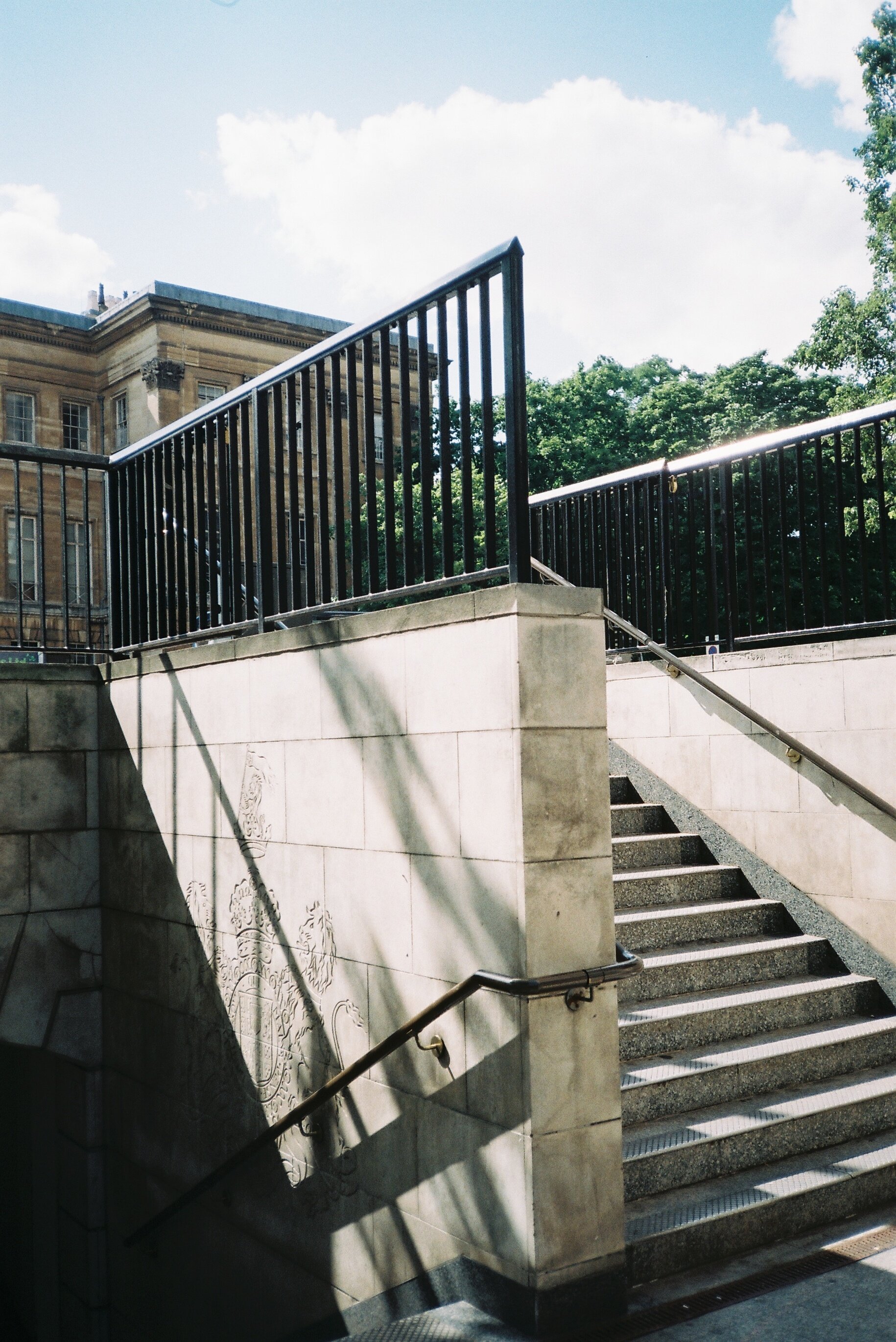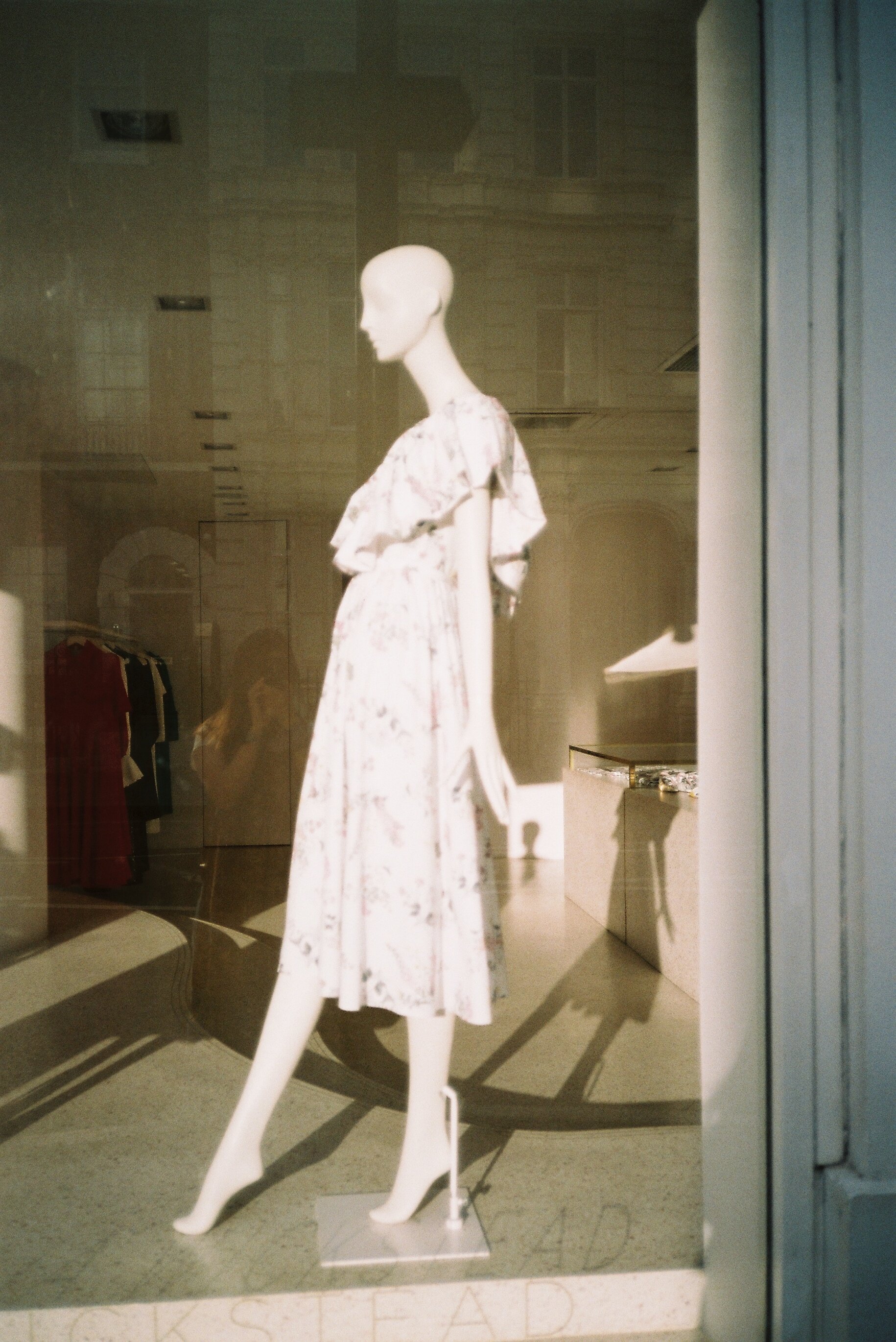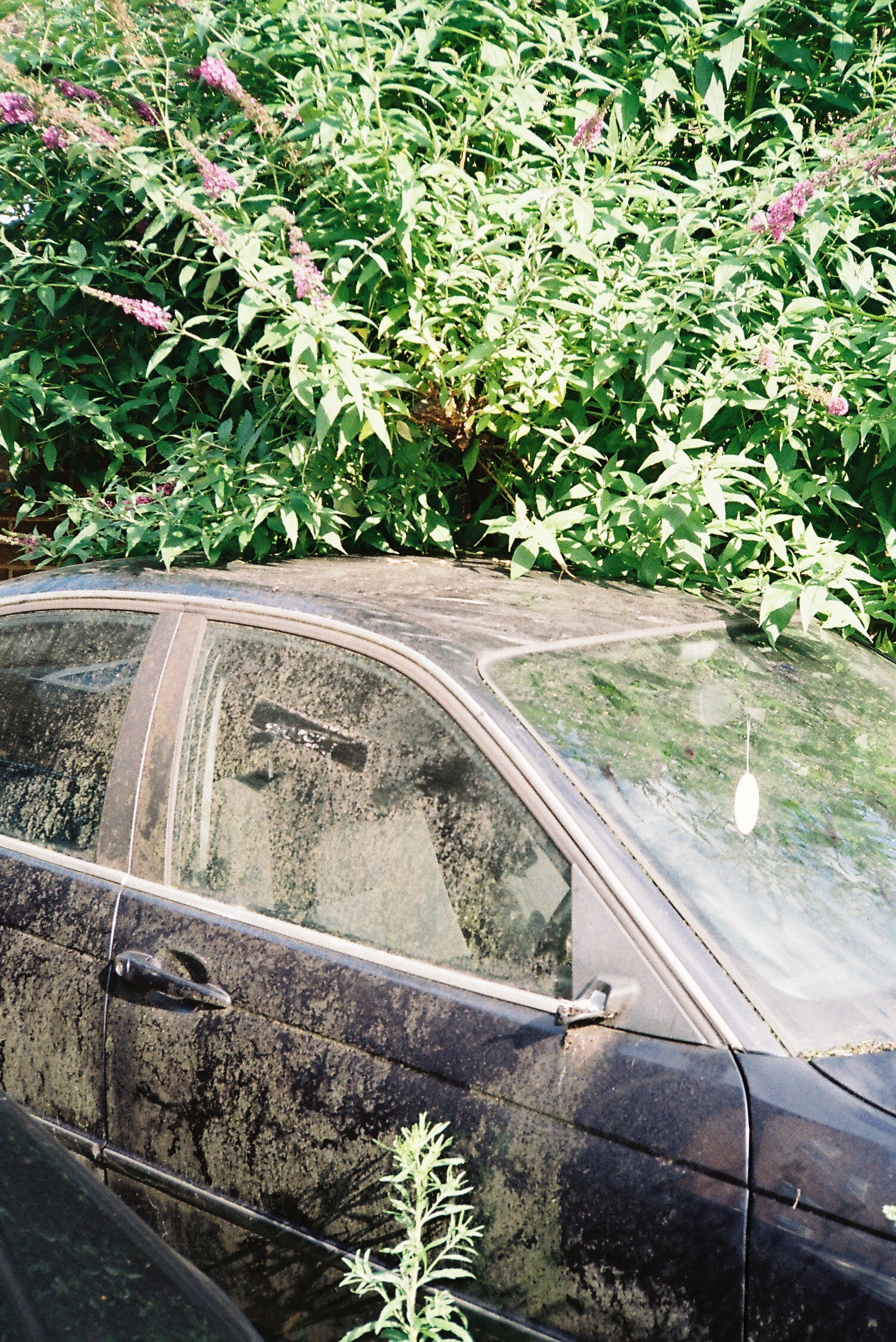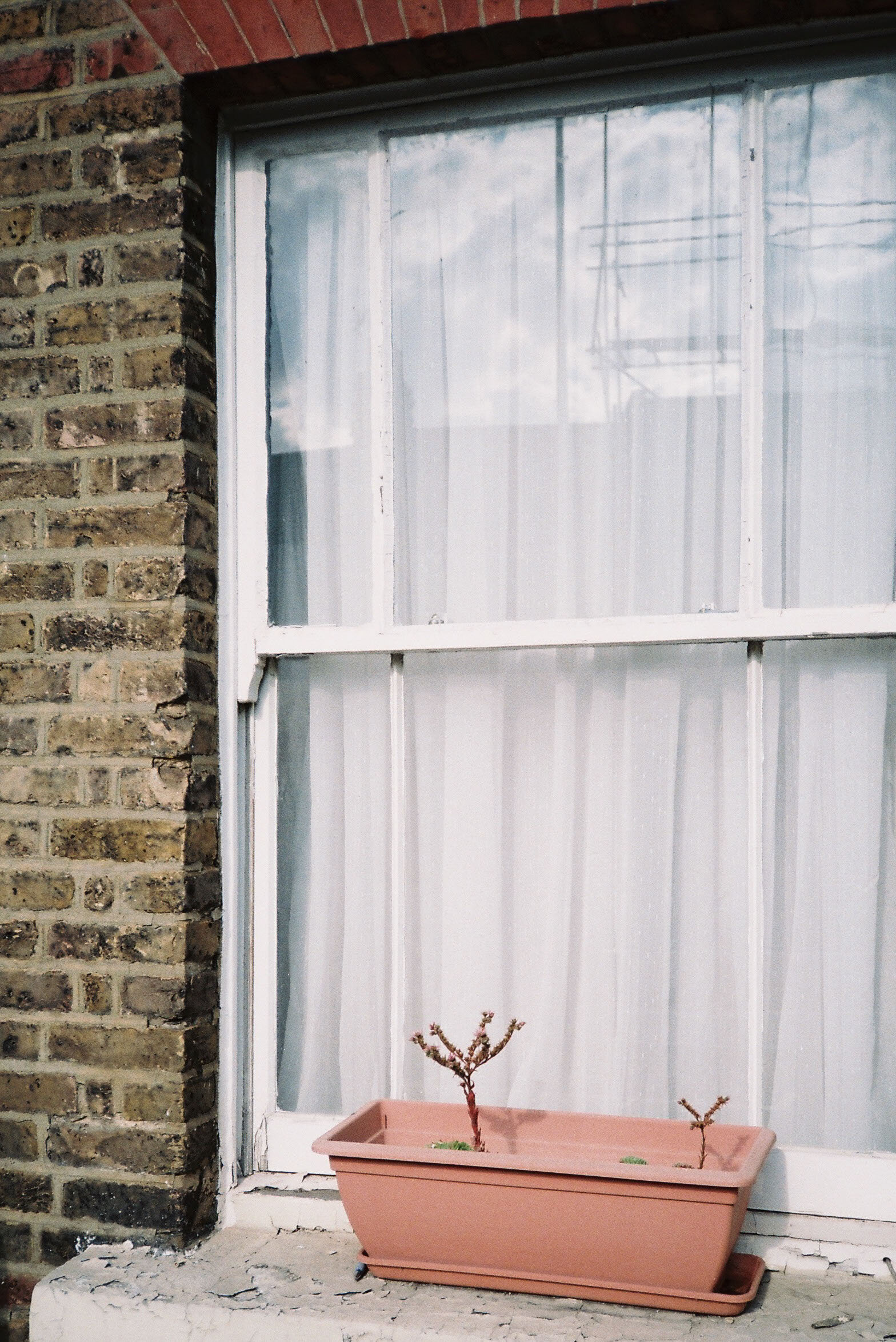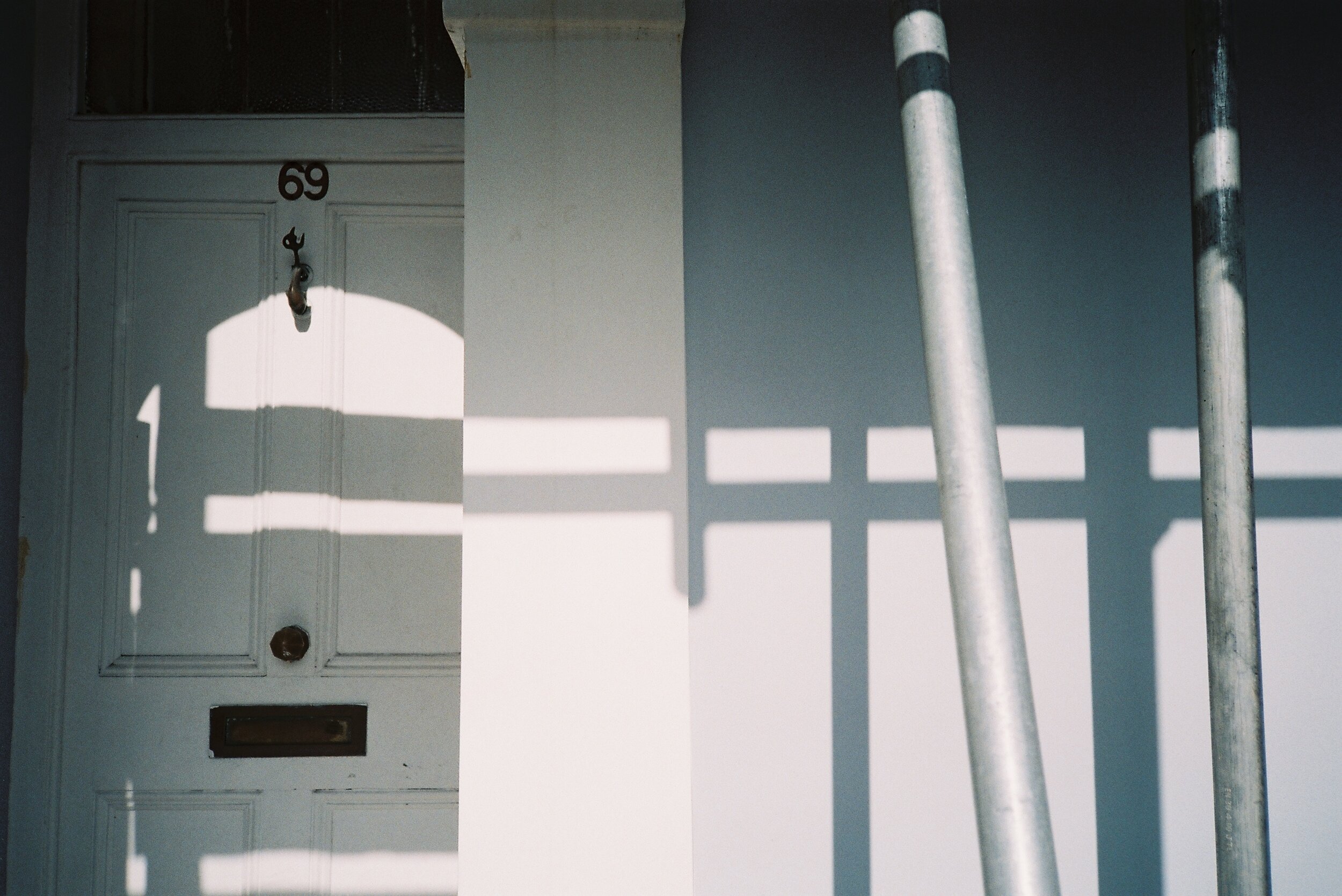The Olympus XA is a very good camera, no question, and it very well deserves its cult status in my opinion.
The more relevant question is whether it is worth the money, which of course varies from person to person.
This article is a curation of the most common questions potential buyers often have regarding the Olympus XA, to which I provide answers based on my experience of shooting on the Olympus XA myself.
Overall, the Olympus gives excellent image sharpness and contrast at around f/5.6, though exhibiting some edge aberration and vignetting. It is extremely lightweight and pocketable even with the flash unit mounted, providing no excuse to not bring it out. It can meter from ISO 25-800, which together with a 35mm lens, makes a solid all-rounded everyday camera.
If you find this helpful, SUBSCRIBE to my channel via the box on the left to make the most out of my blog! Also, do share it with people who might be interested. Shoot me an email/ DM to share your thoughts too.
Also, Pin this article to your Film Photography boards in Pinterest if you find it helpful!
Here is a video of why I decided to buy the Olympus XA. Some of the considerations might apply to you.
Does the Olympus XA have a light meter?
Yes, the Olympus XA has a built-in light meter which automates the shutter speed based on the selected aperture. The photographer can also alter the metering by turning the ISO tab to a value different from the film to compensate for a particular lighting situation. The XA also comes with the option of adding an extra 1.5 stop of light in backlit scenes.
So far, based on my experience, the XA seems to operate on average metering. This has returned very satisfactory results for frames in which the subjects or points of interest are filling up the entire frame. So is the case with frames in which the lighting is relatively average.
Under high contrast lighting situations, the XA might return blown out highlights/ clipped shadows, which is, no surprise, difficult for an average metering system to navigate. See the images below for example.
The workaround for this is to manually compensate by changing the ISO rating, which tricks the camera into thinking that the scene needs more or less light, depending on whether it is the shadows or highlights that you would like to meter for.
On another note, the light meter seems to be separate from the display. This may happen to varying extents depending on the condition of your copy, but the needle display in the viewfinder does not seem to accurately reflect the actual shutter speed used to fire the shot. Images have turned out fine so far, so I have learnt to ignore the sometimes erroneous readings on the display.
Olympus XA image quality/ sharpness
As a pocket-sized point and shoot, images from the Olympus XA fair very well compared with its counterparts on the market. Its fixed 35mm Zuiko lens is capable of incredible sharpness and detail separation especially at around f5.6. Overall contrast is sufficient while retaining the analogue quality of film cameras. Some edge vignetting is observed with little lens distortion.
Here are some sample images above from the camera for your reference, taken from a range of distances. These are all from a fresh roll of Fujifilm Fujicolor 100.
I have also created videos that show the actual lighting situation in the scene from which these images were taken, to give you a better idea of what the lens can do.
Is the Olympus XA a point and shoot?
No. The Olympus XA offers full manual focusing capabilities and exposure value settings, which are not available on point and shoots. Point and shoots usually come with set focus distance ranges and exposure settings and offer little room for customisation. The Olympus XA, on the other hand, is a full-fledged 35mm camera designed for repeated use.
The only similarity that the Olympus XA and a point-and-shoot share is probably the size - the XA is hardly any bulkier than most point-and-shoots on the market. It is the best of both worlds - the compactness typical of point and shoots, and a full range of controls available to the photographer offered by SLRs alike.
Is Olympus XA full frame?
Yes, you load 35mm film into the Olympus XA, which will give you frames of dimensions of 24 x 36mm, equivalent to the modern day full-frame DSLR. It follows that all 35mm film cameras are full-frame as the sensor size is determined by the film size, not really the camera specs.
Is the Olympus XA an autofocus camera?
No, the Olympus XA does not enable autofocus. The photographer has to manually focus the lens through the rangefinder viewfinder, which consists of a focus patch in the middle. The focus is correctly set when the images of the intended subject overlaps inside the focus patch as you dial the focusing ring.
Read on to learn how focusing works on the Olympus XA.
How does the Olympus XA focus?
As with other rangefinders, the Olympus XA comes with a rangefinder viewfinder. The photographer looks into the view finder, which has a focus patch in the middle. While the focusing ring is being turned, the smaller image in the rangefinder patch moves horizontally and overlaps with the larger image when the lens is focus. To focus on your subject, adjust the patch until their images superimpose then recompose.
That being said, pre-focusing can also be employed on the XA. In fact, many photo situations you find yourself in may not allow for the luxury of taking forever to carefully match the two images.
This is especially an issue if your copy is relatively worn out. Many Olympus XA users have remarked on the faintness of the rangefinder patch, which makes focusing a taxing job.
Pre-focusing is a smart way around it. On the focusing chart, the focal distance of 3m is marked in red, so is f/5.6 on the aperture scale.
Olympus did not officially explain the colour code. But from my experience, pre-focusing your camera at 3m is a rather handy setting, especially when at f/5.6.
This would have you covered for most portrait scenarios. You are most likely going to be around 3m from the person you are photographing at the 35mm focal length. In fact, that is where I find myself setting the focus to when doing it manually.
So it is good to know the focusing distances, which is fairly simple in this case anyway. That is 3m for portraits, infinity for landscapes.
Does Olympus XA have a flash?
Today in the second hand market, Olympus XA camera bodies are often sold together from the flash component, either A11 or A16, depending on the seller. Though originally, Olympus released the XA with the A11, according to its manual. To use a flash, the unit are screwed onto the XA via guide pins on the left. The flash has 3 fixed levels of output.
Based on the Olympus official manual for the XA, the XA was originally designed to go with the A11 flash unit. Later models also came with the A16 flash unit. Both the A11 and A16 unites were also available separately on the market as is today. Other models the Olympus later came out with are also compatible, including the A9M and A1L.
The main difference between the A11 and the A16 is the flash output power.
Does the Olympus XA need battery?
Yes, it is powered by two SR44 batteries, which are button batteries that give 1.5V. The two cells are mainly in charge of metering for light and the shutter speed display in the viewfinder. The A11 flash unit is powered by 1 AA battery, whereas the larger A16 flash unit is powered by 2 AA batteries.
Approximately 150 flashes can be expected to be made before the batteries run out.
Summary
In this article, we talked about:
whether the Olympus XA has a light meter;
Olympus XA image quality and sharpness;
whether the Olympus XA is a point and shoot;
whether the Olympus XA is a full-frame camera;
whether the Olympus XA has autofocus;
how focusing works on the Olympus XA;
whether the Olympus XA comes with a flash; and
whether the Olympus XA requires battery to function.
SUBSCRIBE via the box on the left for more PRO tips, and follow me on Instagram (@_bjiao__) and let me know what you think in the comments!
Share this article on Pinterest too!
Keep shooting, keep creating!
The mission of this blog is to provide the best insider information in the photography industry, as openly as possible. You have direct access to my
first-person experience as an aspiring photographer who talks, but also works.
Honest opinion are rarely available as public resources because this is a competitive industry. Huge sums are made when such information is delivered in the form of mentorship and workshops.
This blog is a great way in which I cover my daily expenses, but also provide real value.
If you have learnt something that would be worth at least $10, please consider donating to the page. This enables me to keep creating content and helping more people sustainably.
Your continued support for the blog is appreciated!

